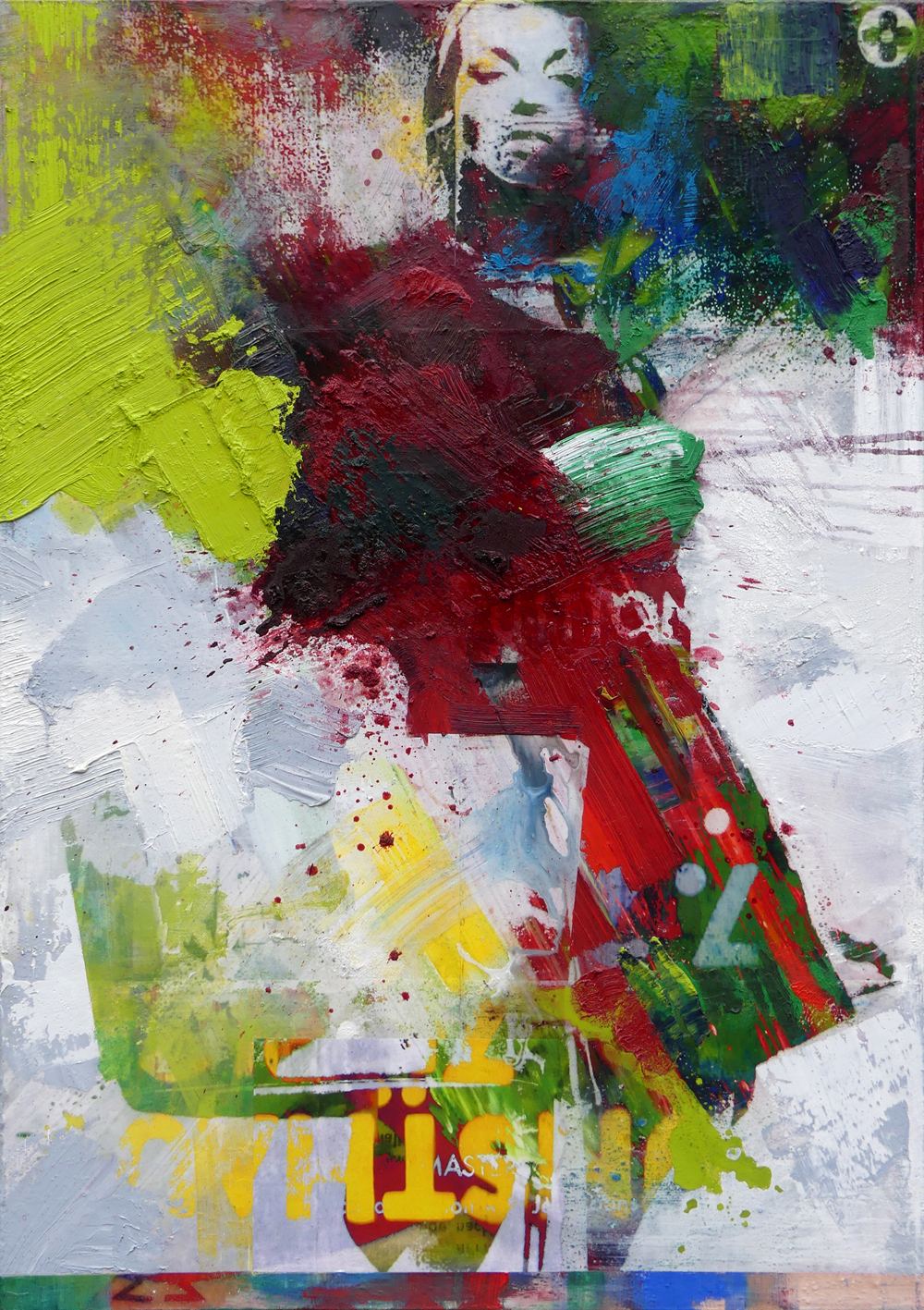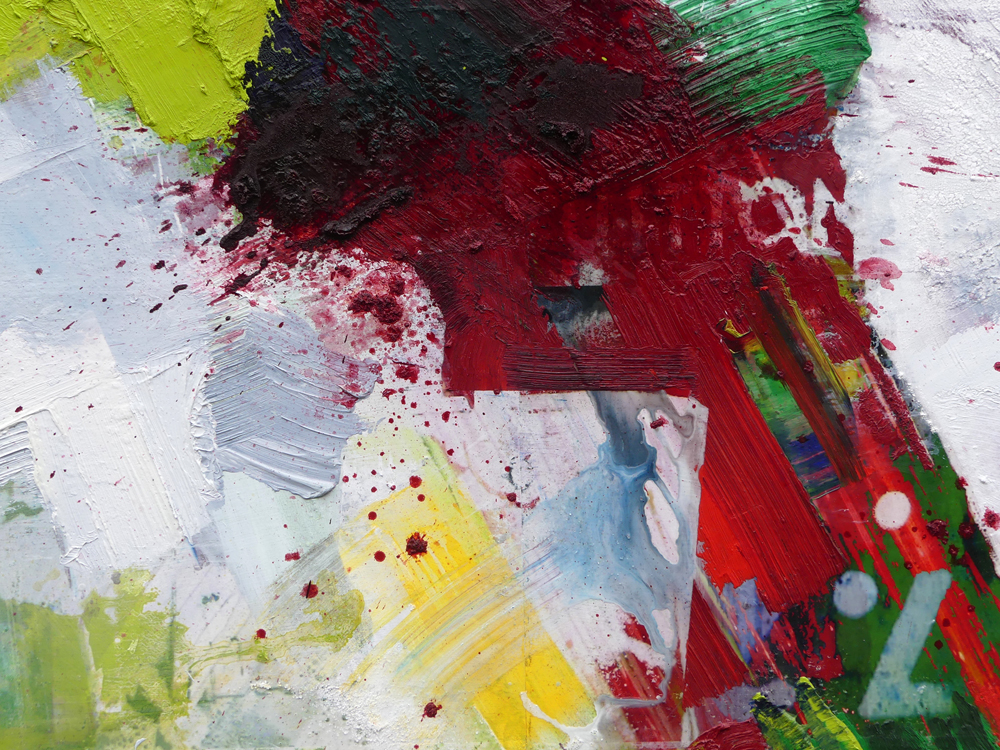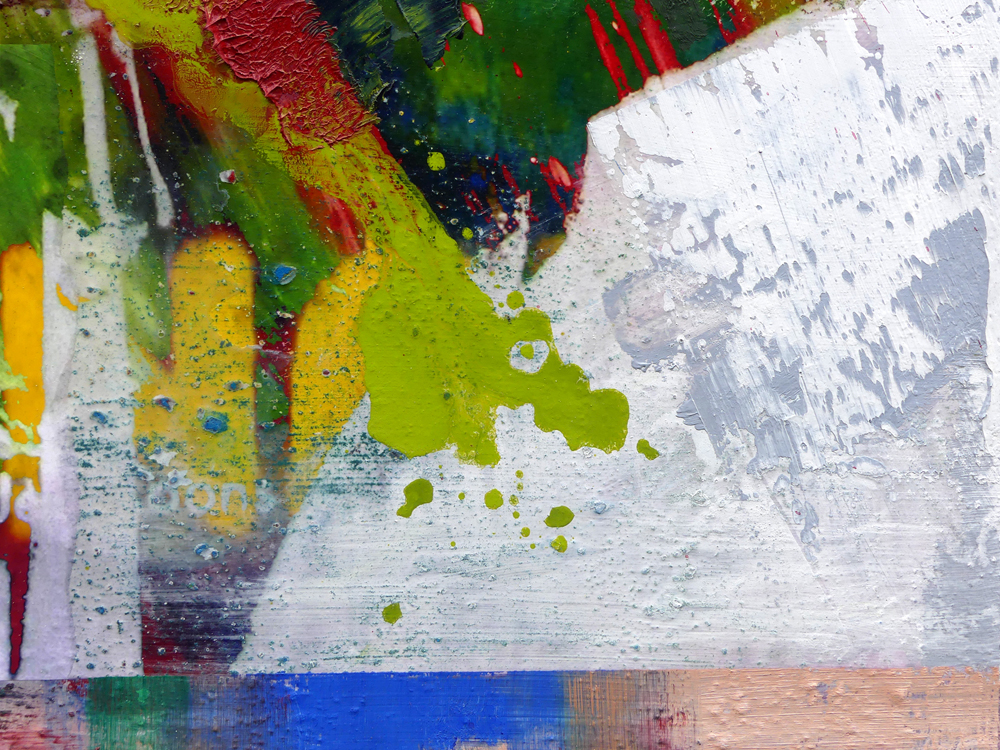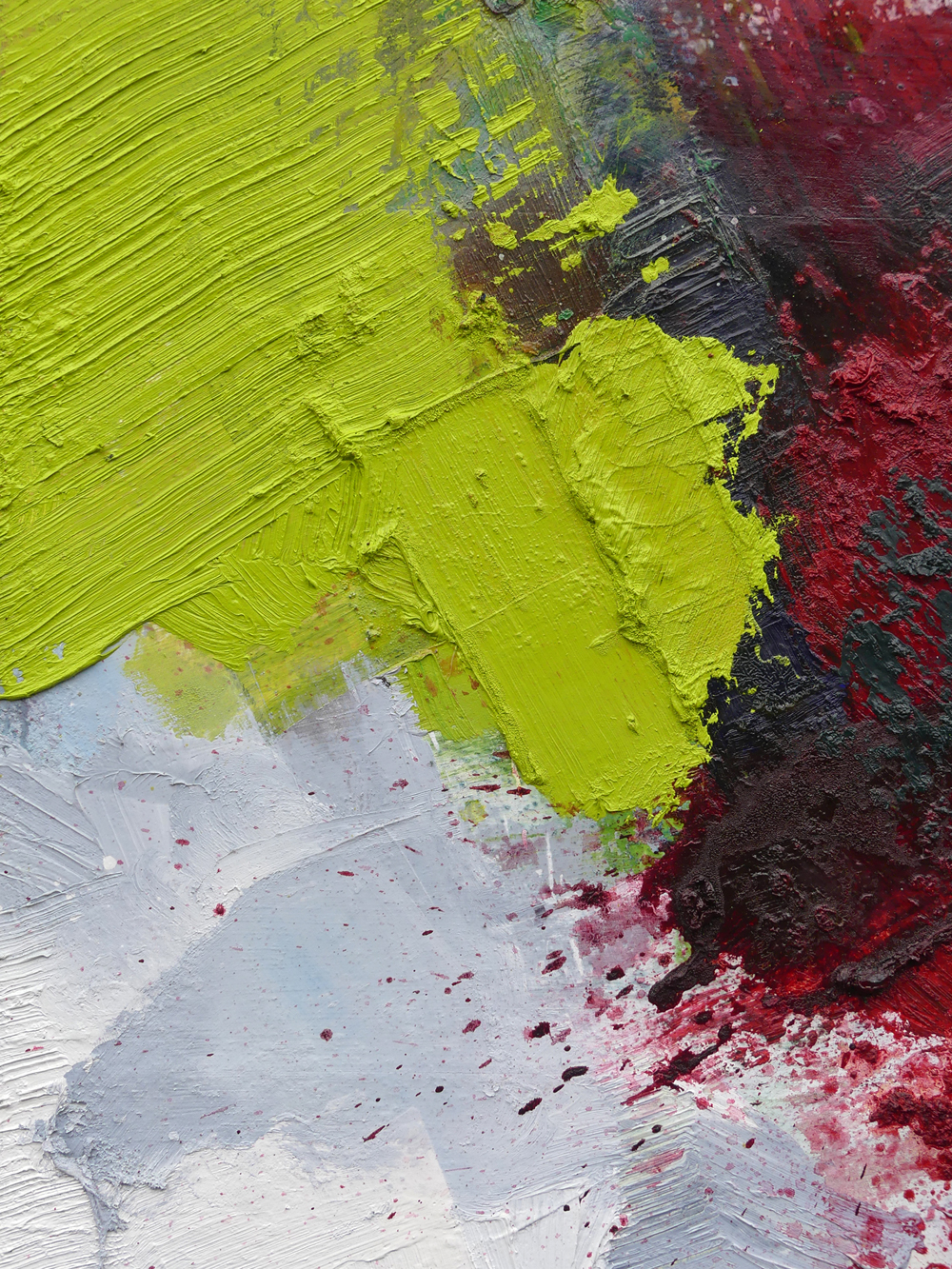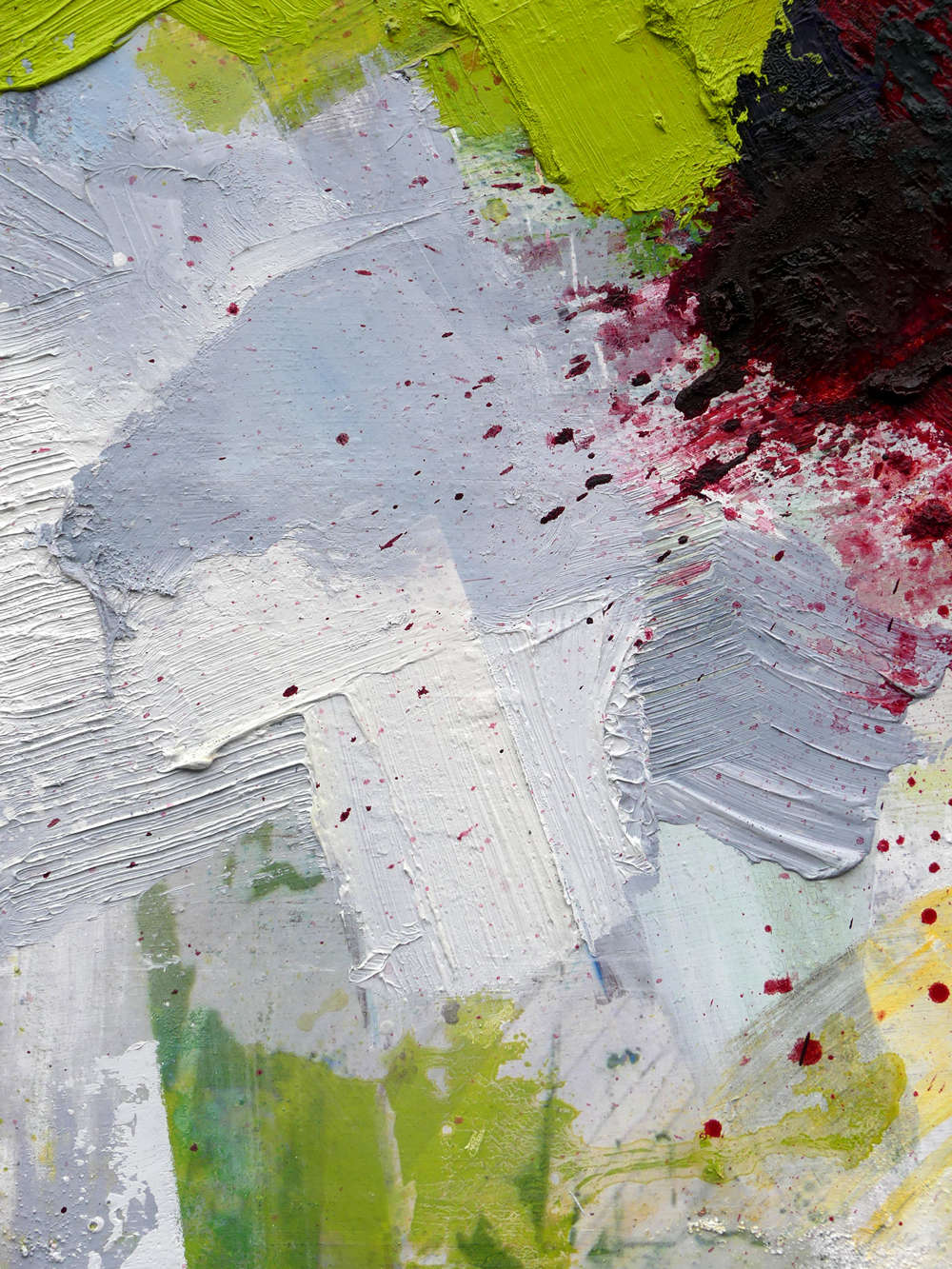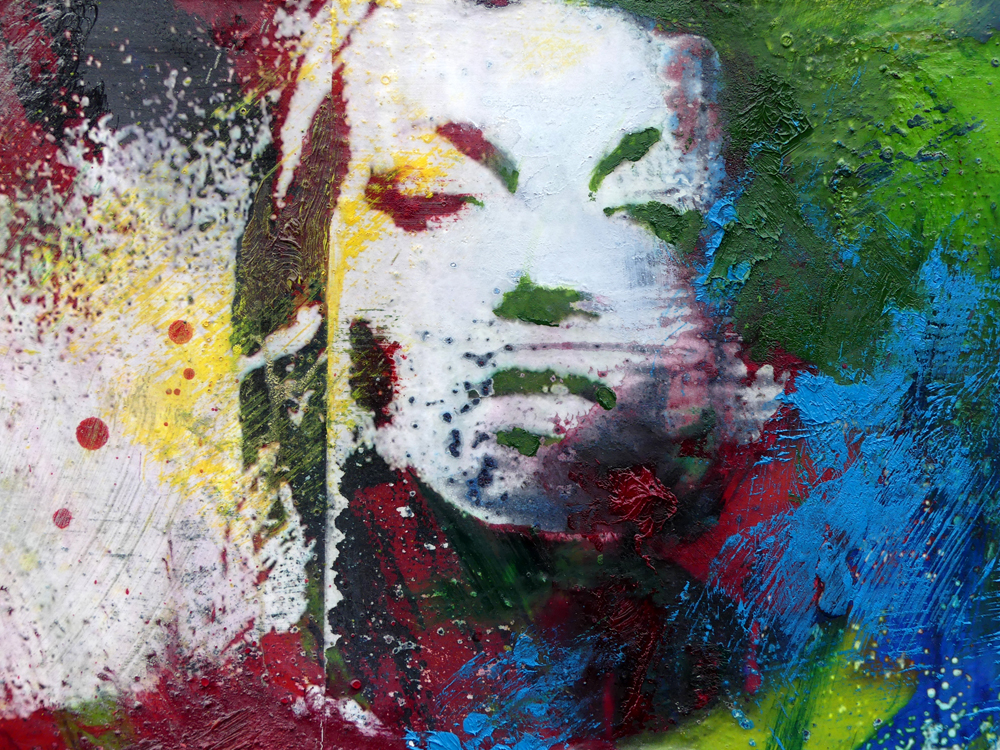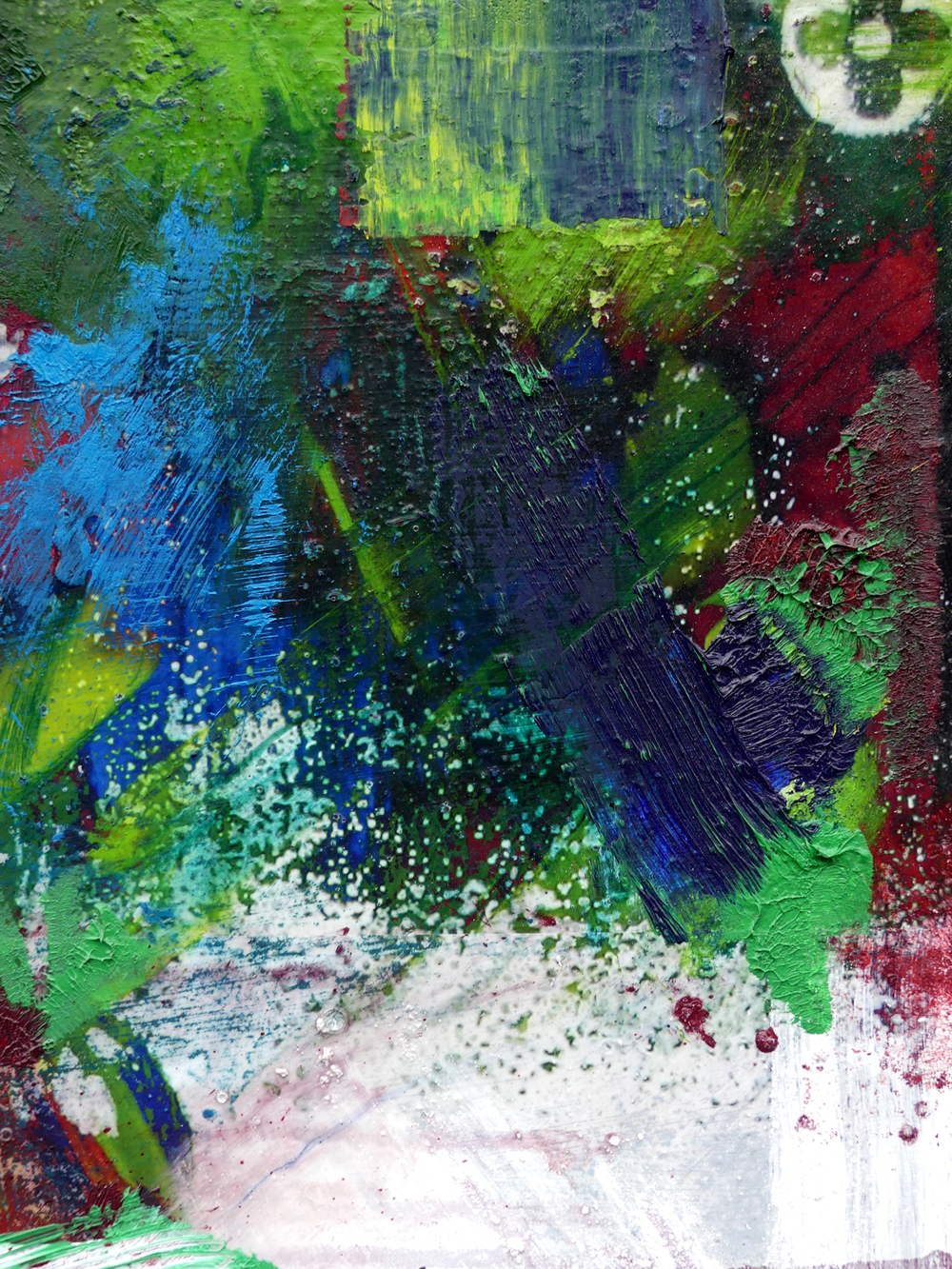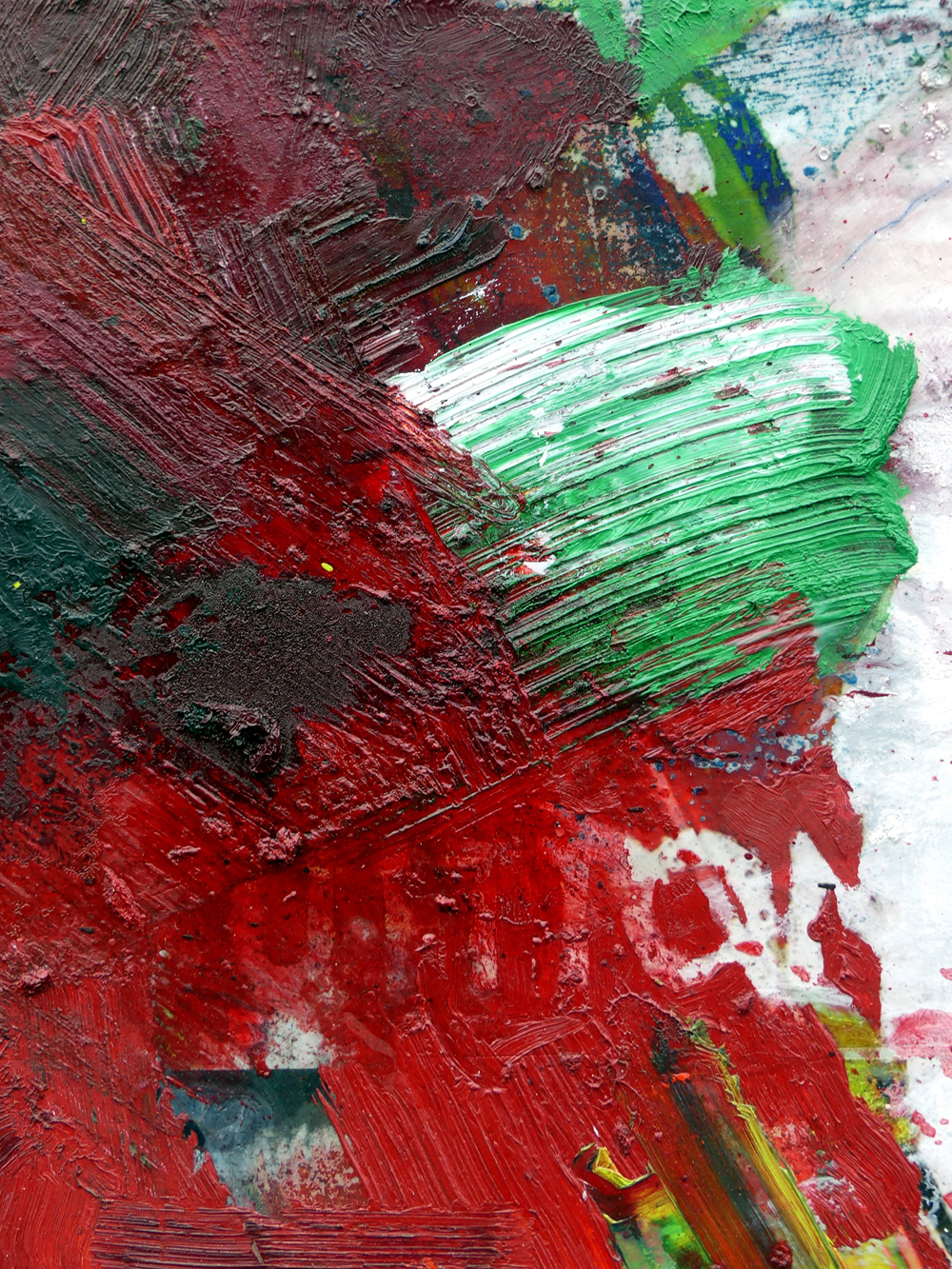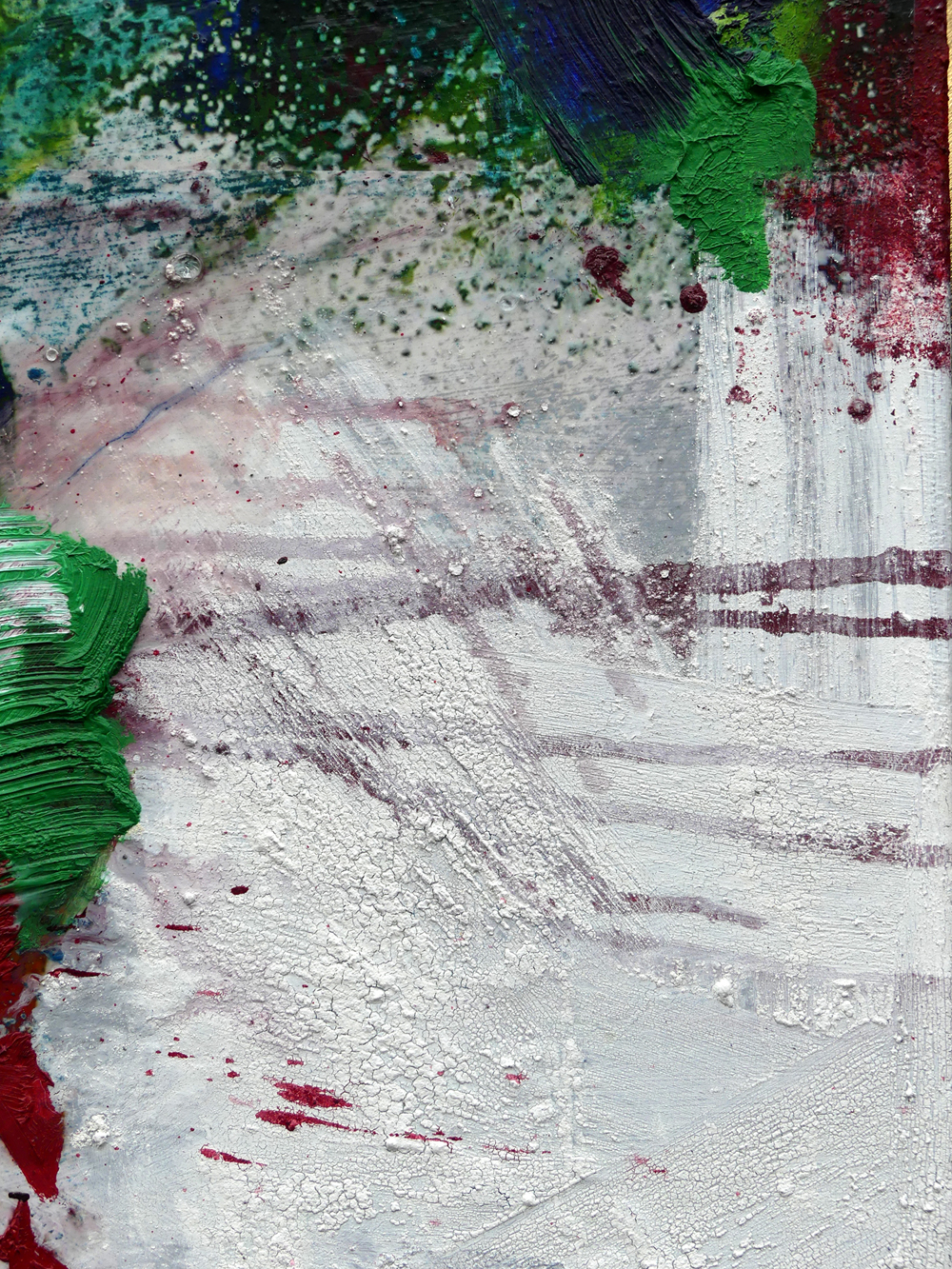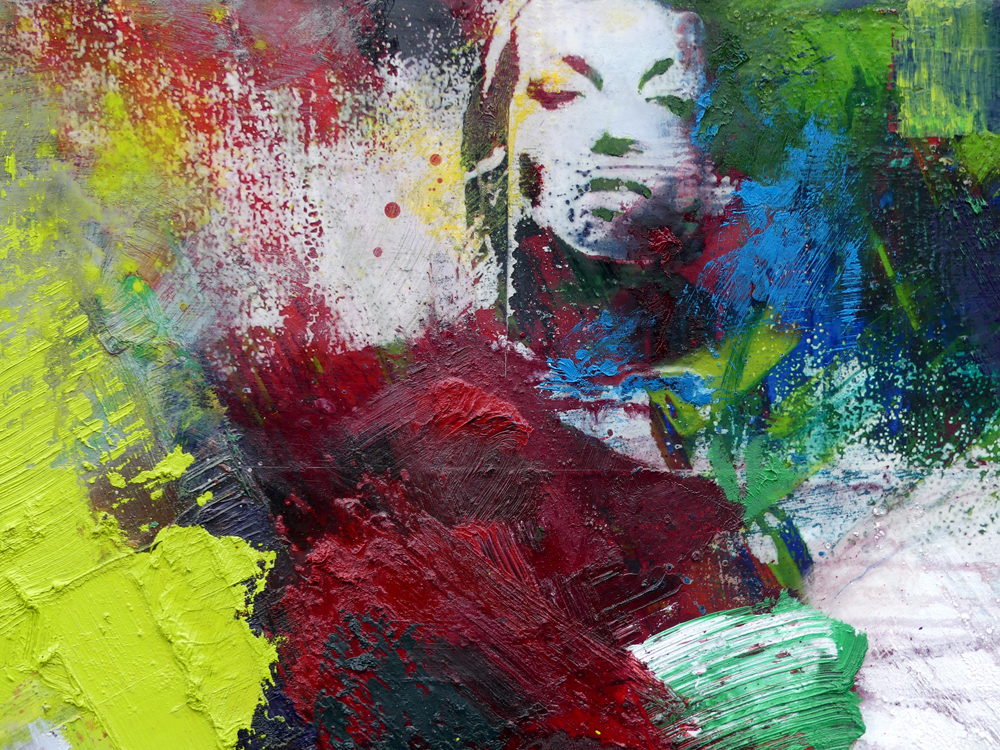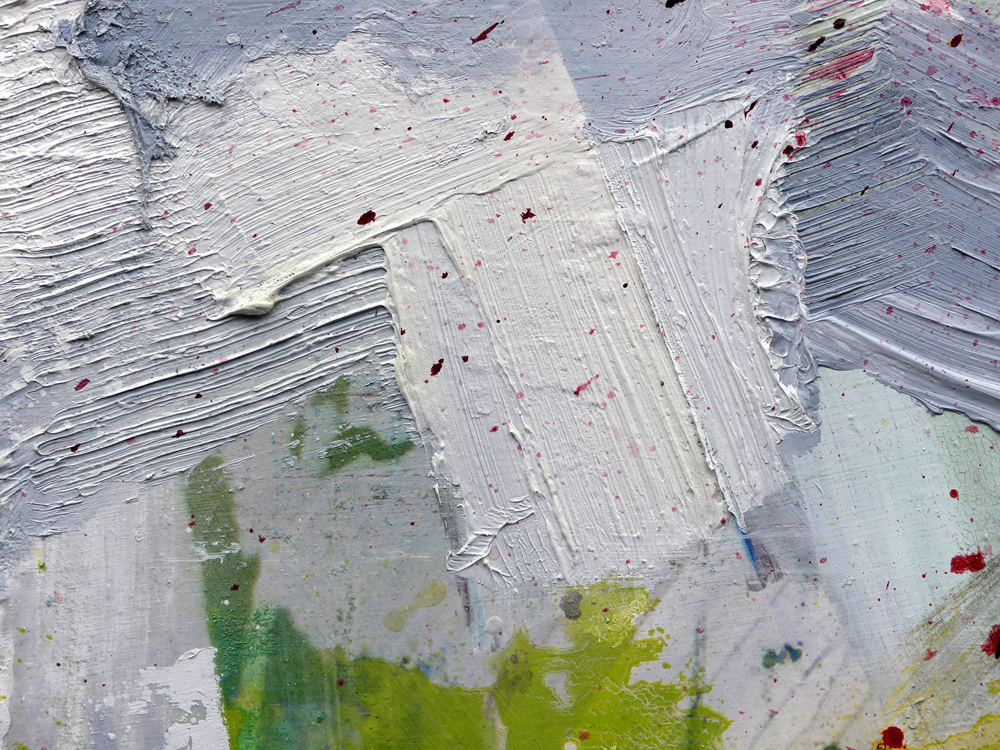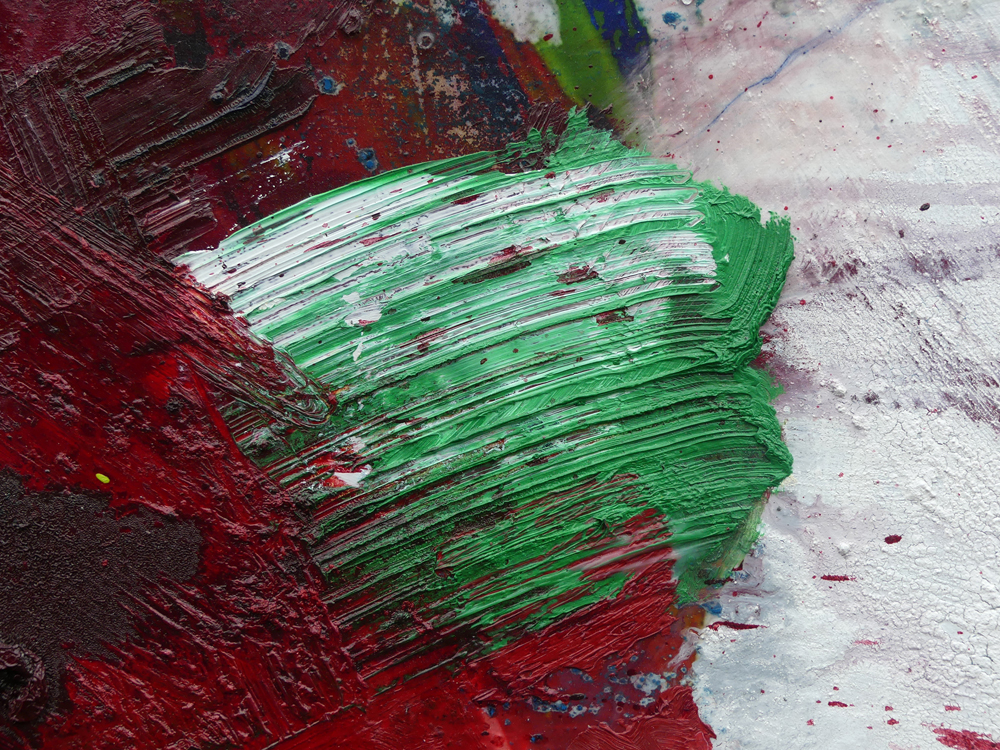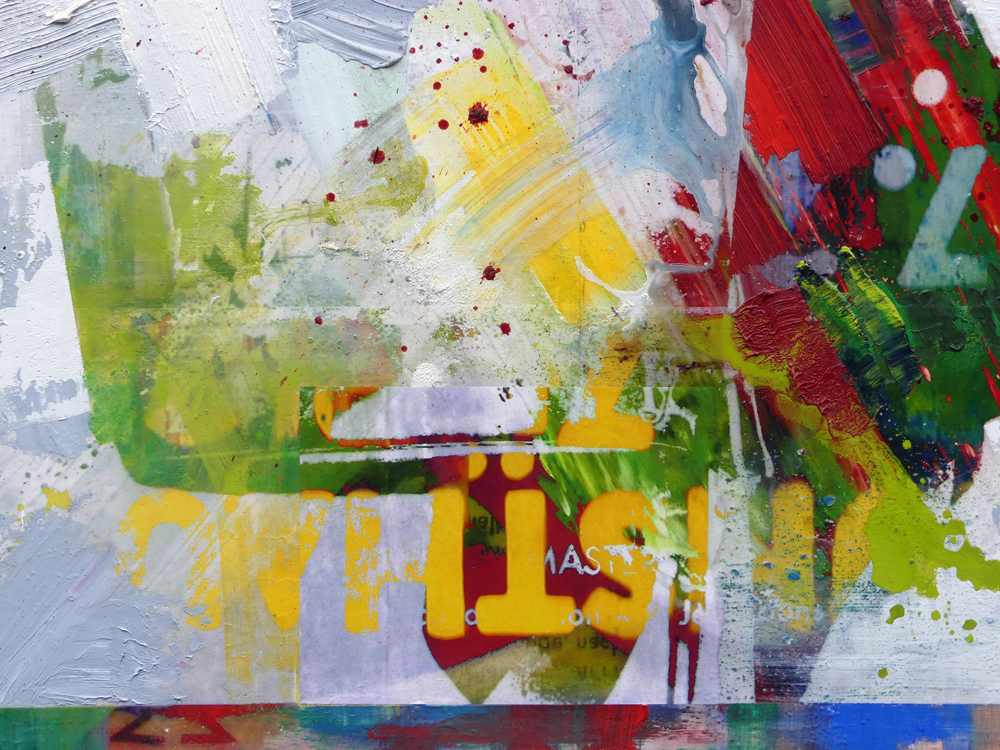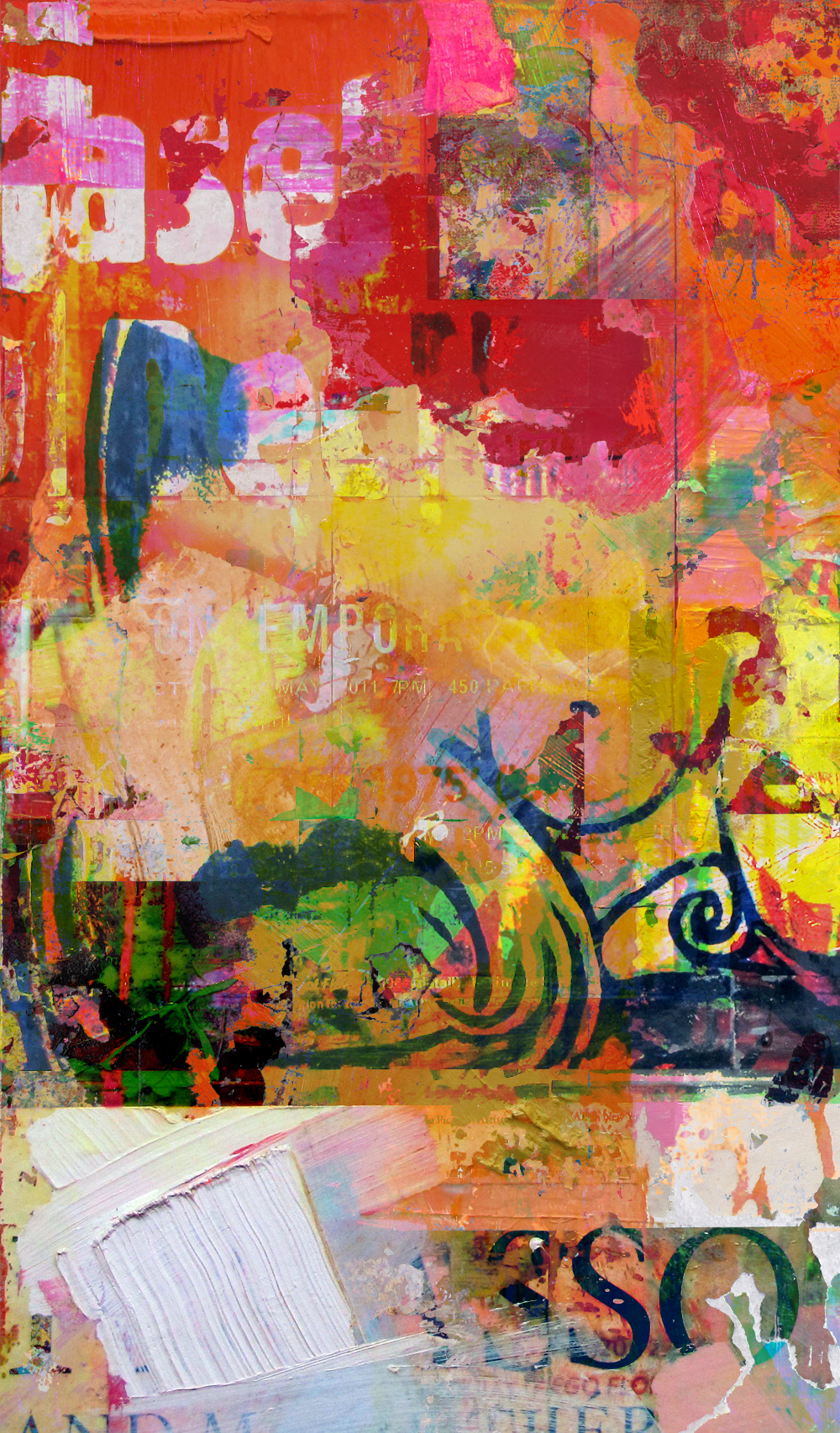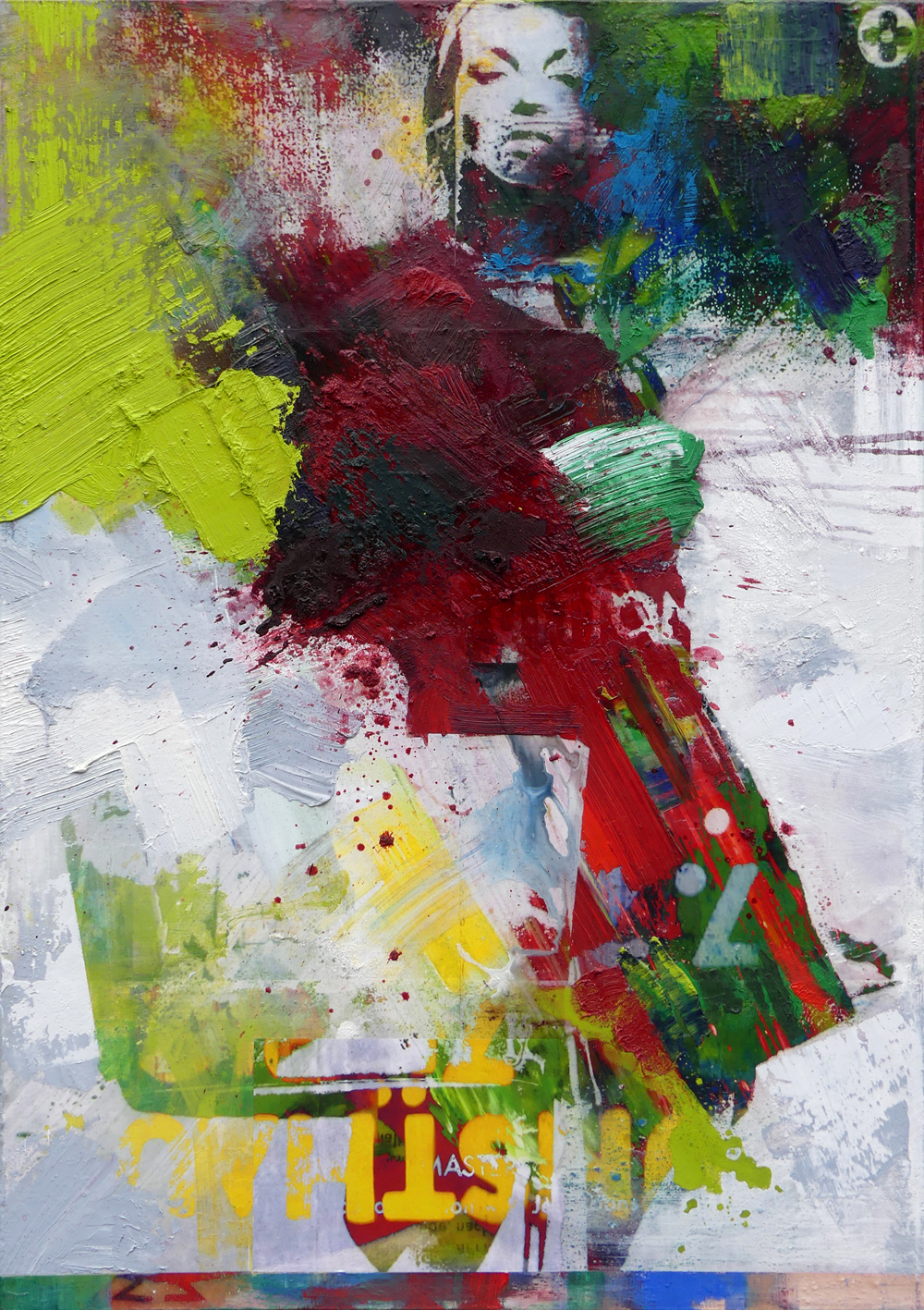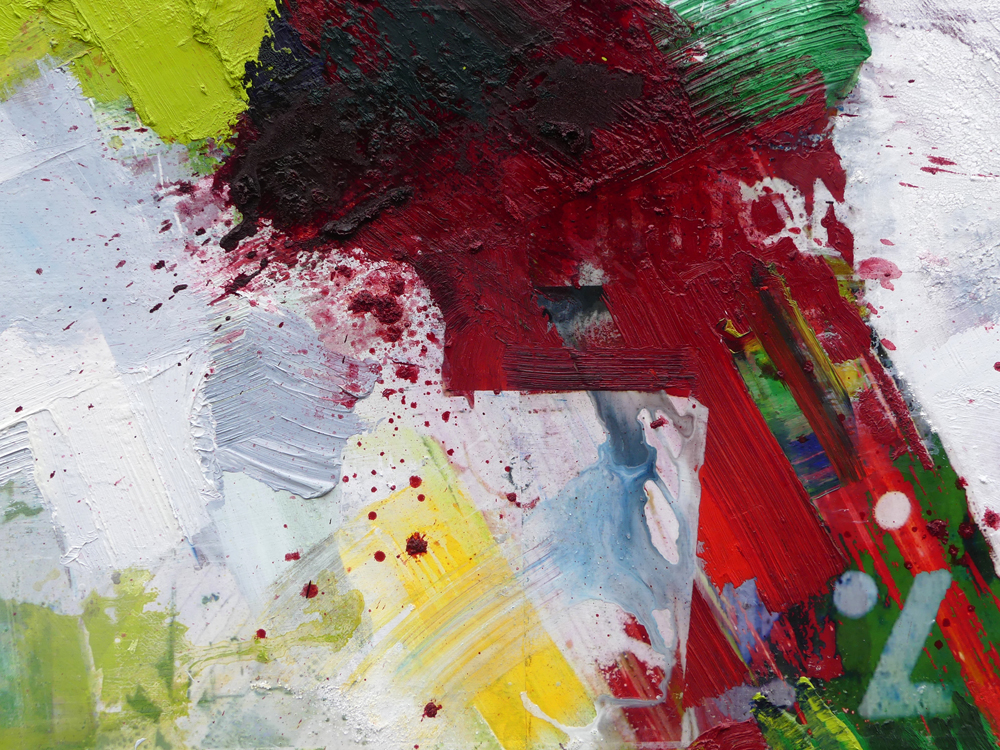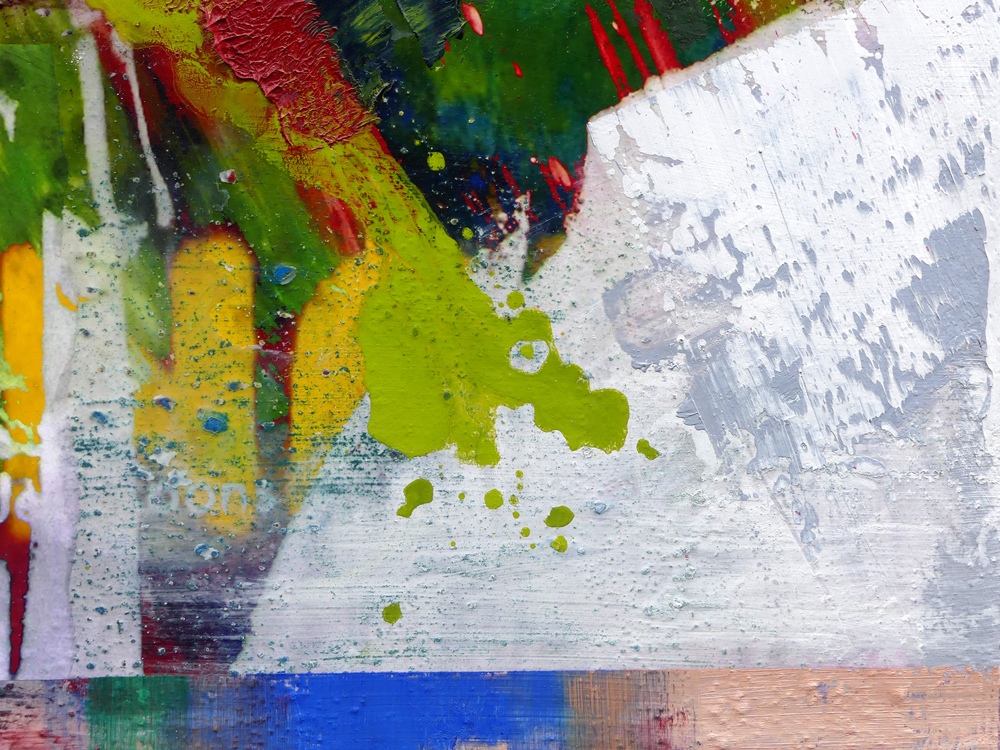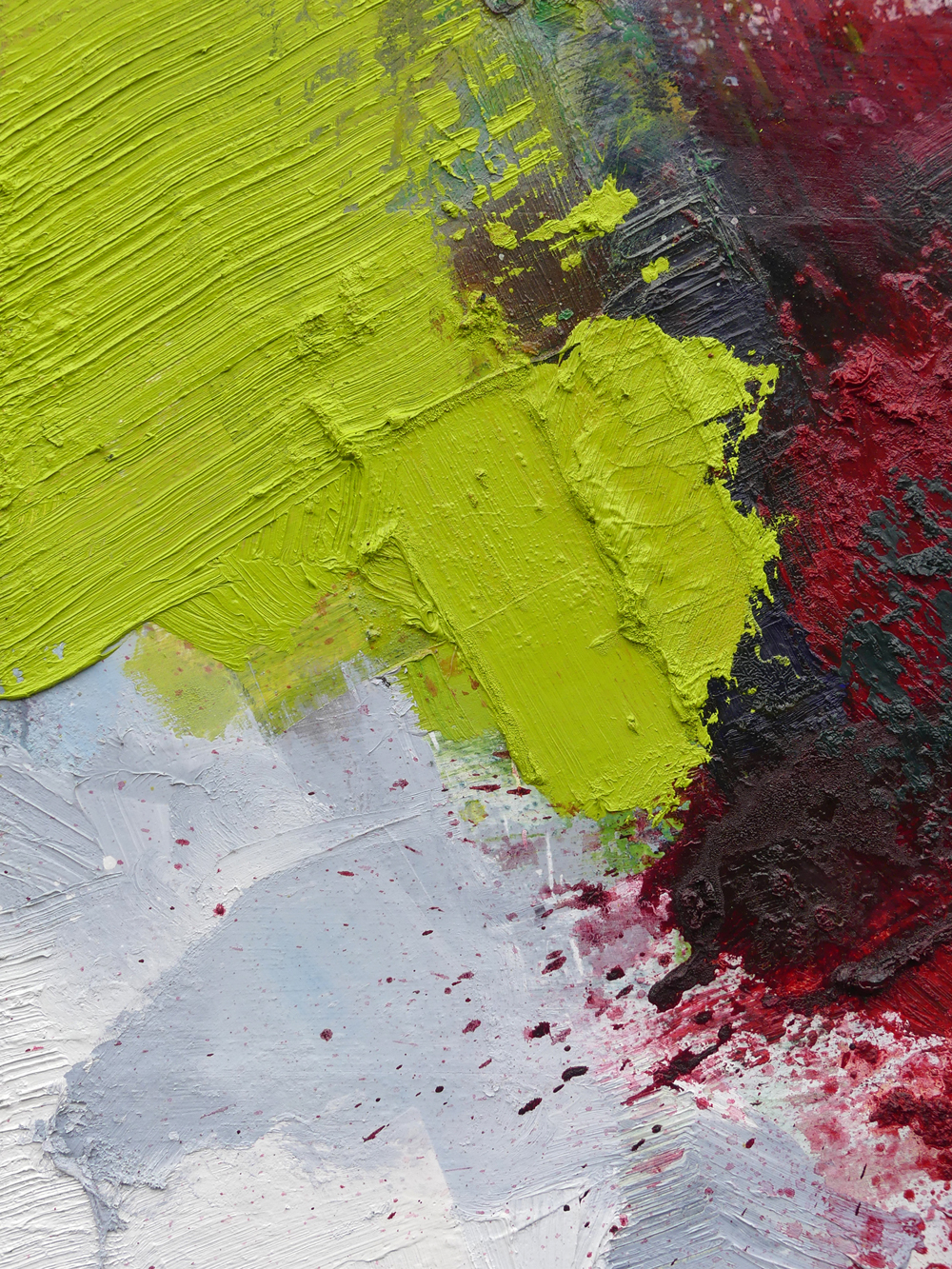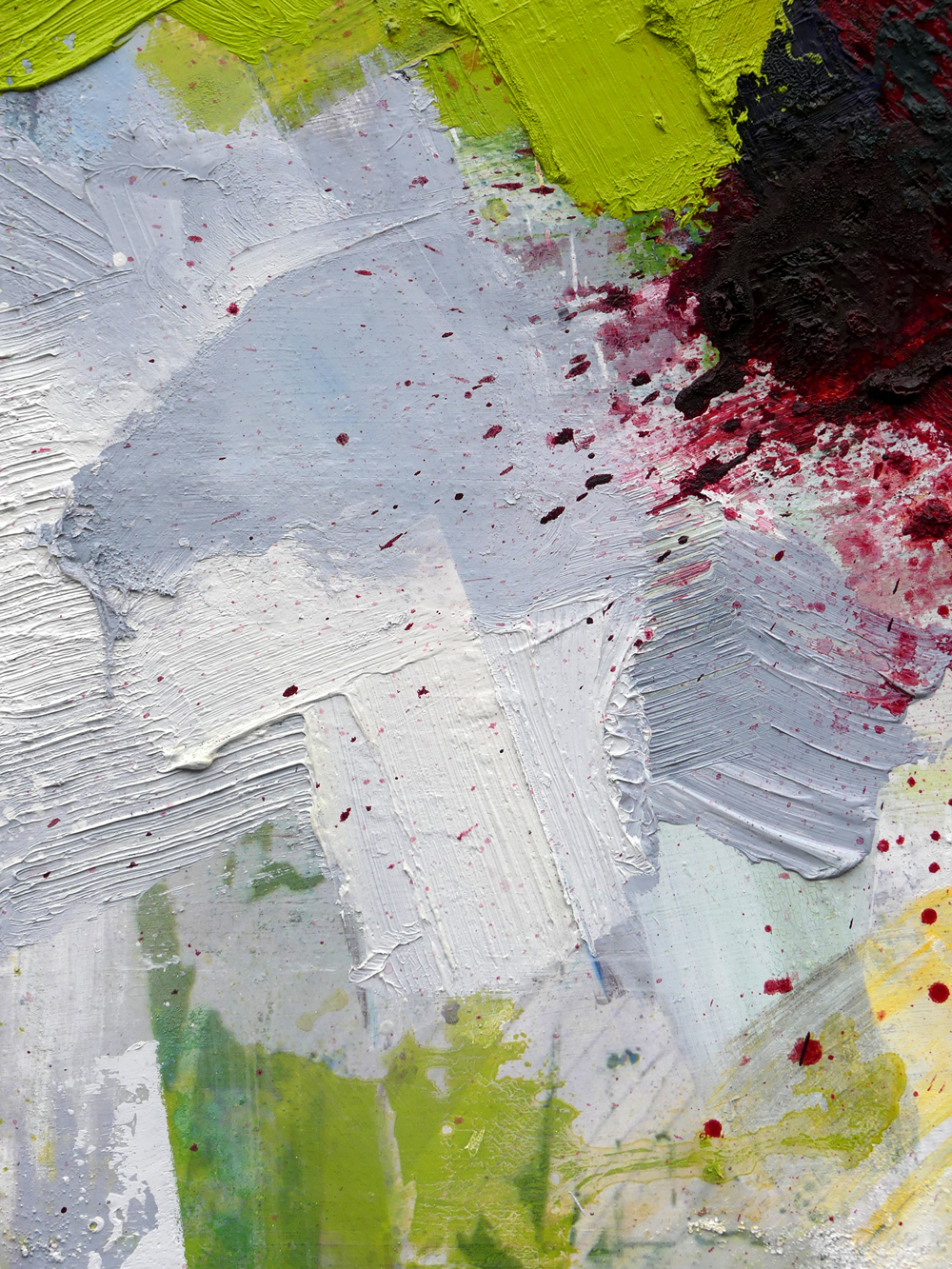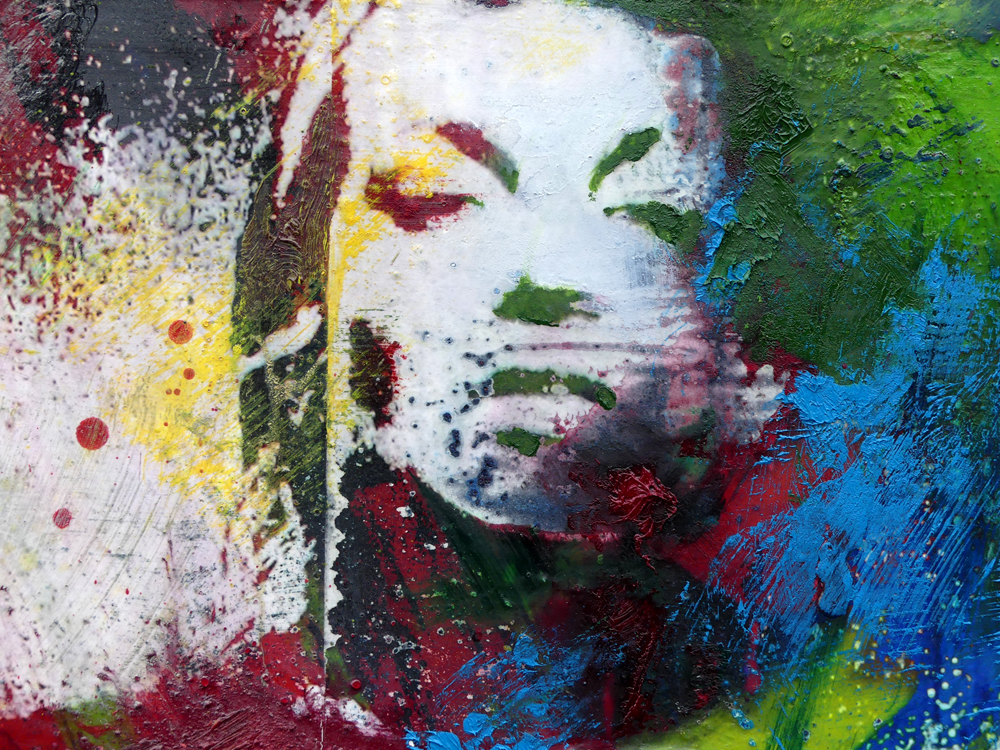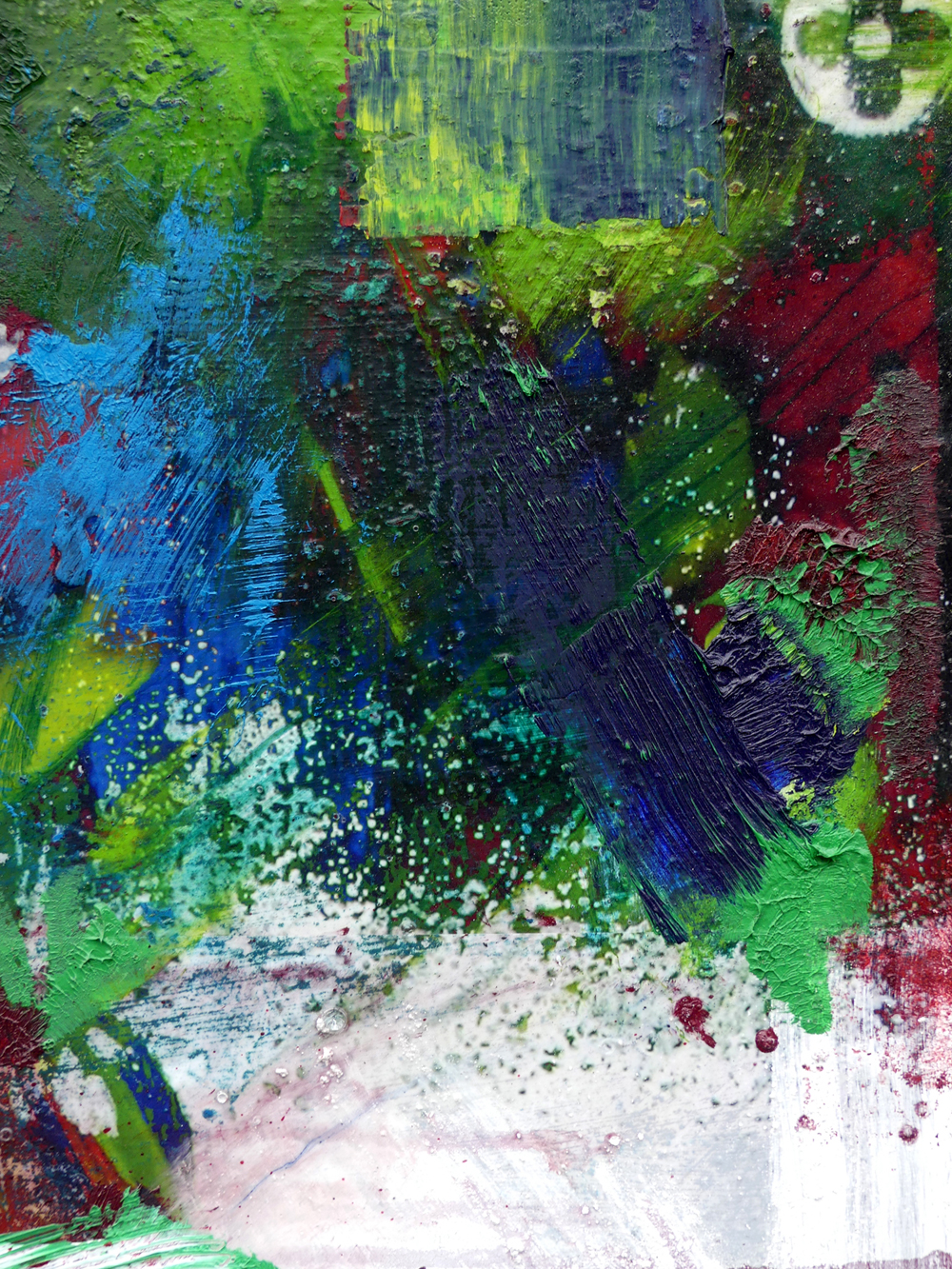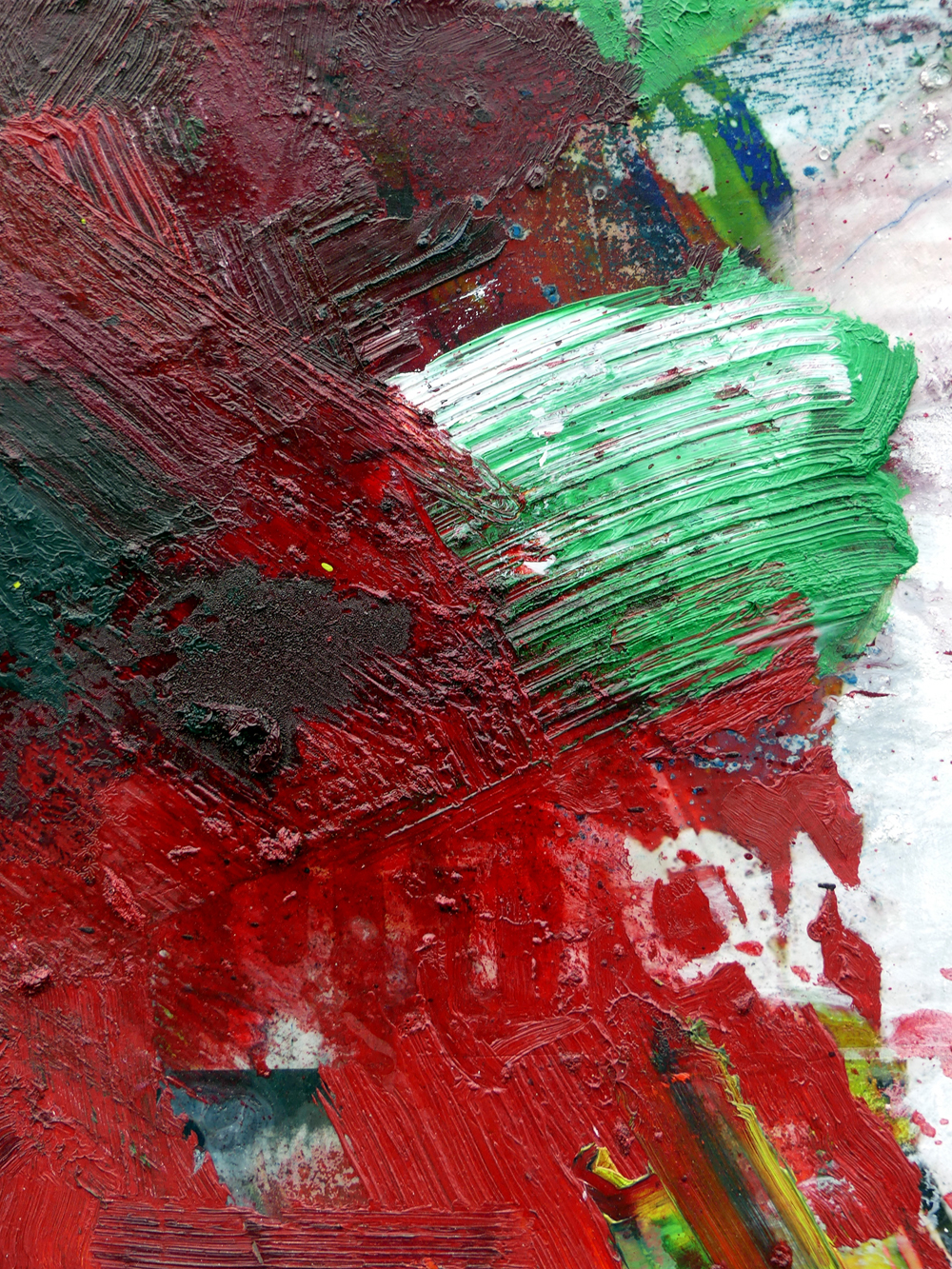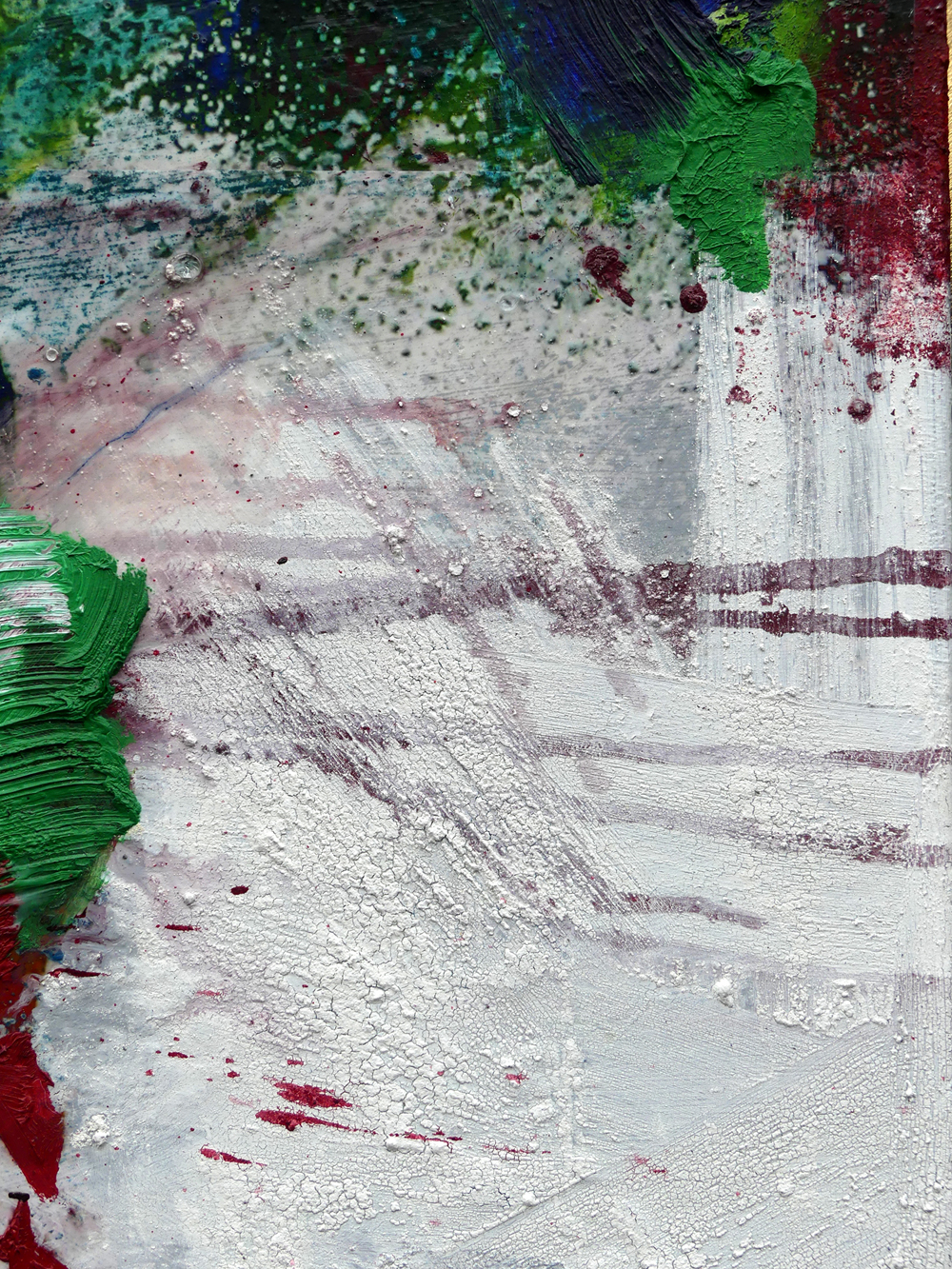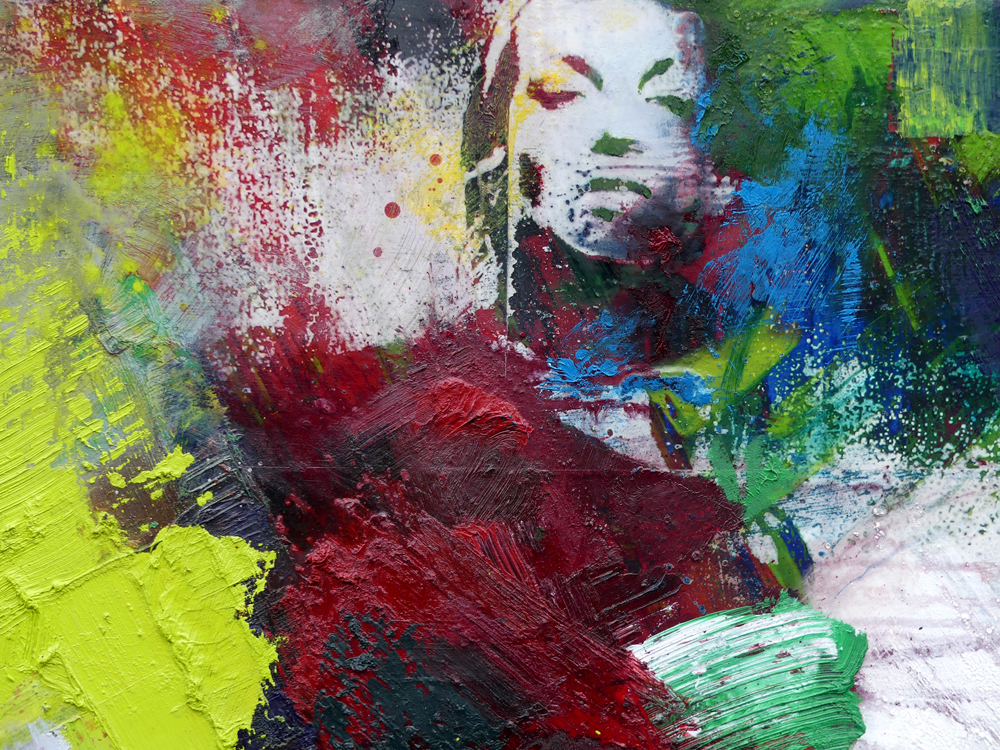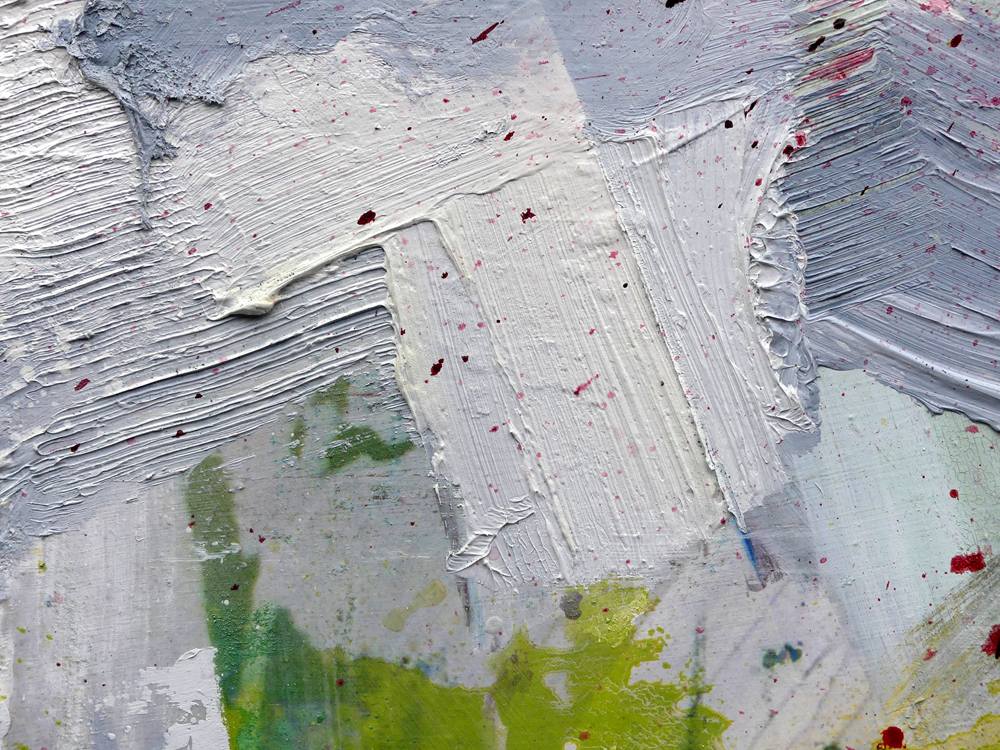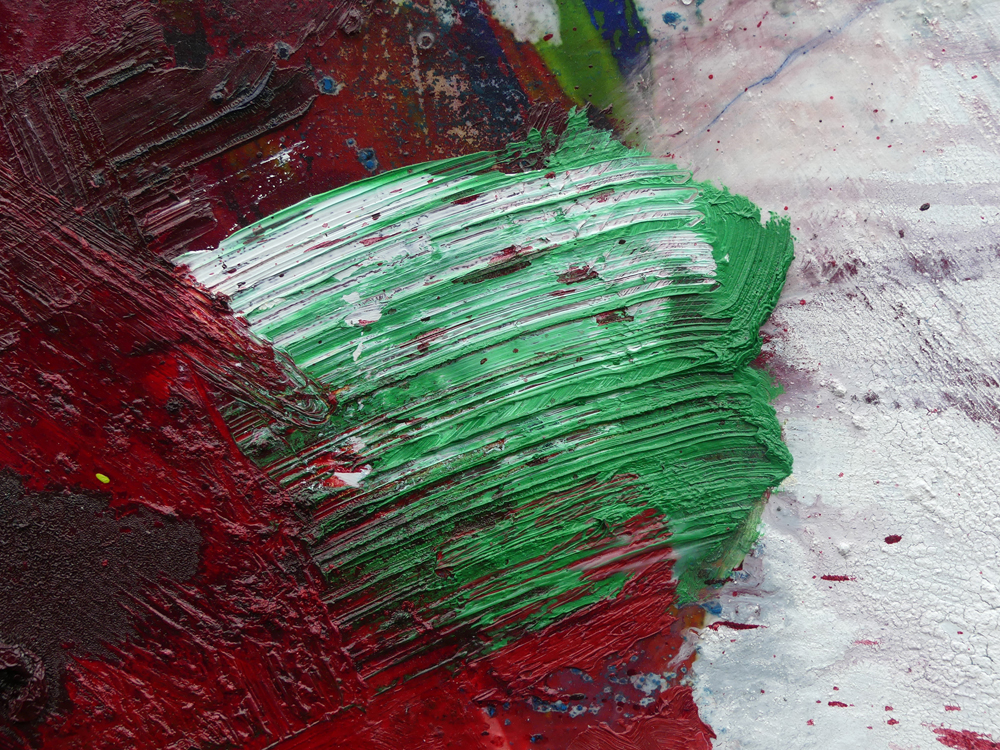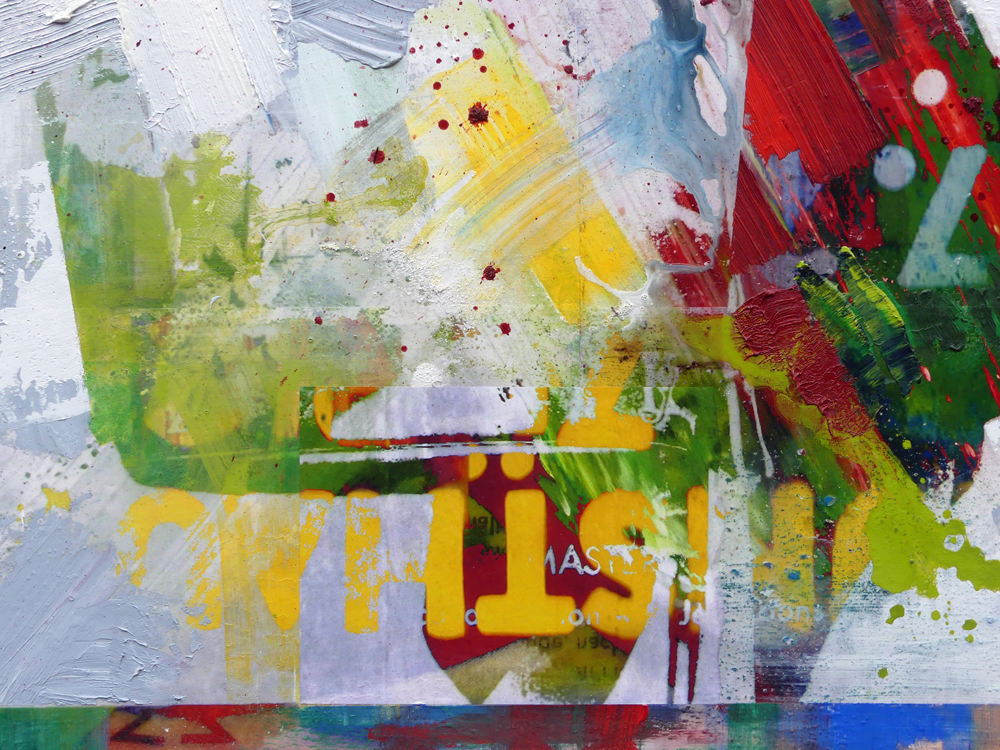Peter Vahlefeld The title of this essay isn’t mine. “The Last Days of the Art World”was the title my editor gave to another essay I wrote, last week, about the last day that I spent in New York art galleries before they shuttered for the foreseeable future. I thought it was too sensationalistic and untrue. I freaked out, scared, and asked him to change it. But less than seven days later, I am seeing his dark light and thinking there may be more to that bleak prediction than I wanted to believe at first. Why didn’t I see it that way originally? In large part, I think, it’s because I’ve watched the art world go through episodes like this before — not pandemics, of course, but contractions and crises of various kinds, which each have shaped, not destroyed, the community I love. I thought, “Don’t be a disasterist; we’ll see what happens.” In particular, I’m a true believer from one particular former bygone world. I came of age during the last years of the smaller, nonprofessional, non-moneyed 1970s art world, where there were no such things as stable careers, sales, art fairs, big audiences, and auctions. This world ran on the desire and passion of semi-outlaws, vagrants, ne’er-do-wells, visionaries, creeps, geniuses, hangers-on, exiles, gypsies, and aristocratic bohemians. It was a world before the one we know now that has grown so large, hyperactive, circuslike, top-heavy, and professional — all seasoned with obscene amounts of money, however concentrated it is in the hands of a lucky, mostly white 1,500 people.
I’ve always chosen to see the art world — even after it went corporate — in that spirit, frustrated by the strange compromises we all made with money but still sure that artists were, at heart, still semi-outlaws and ne’er-do-wells. Mine was a world before we lost “the underground”; before “greed became form,” as curator Francesco Bonami puts it. It was a world where, when I was a young trucker, Paula Cooper and Robert Gober asked me to sit down for coffee and cigarettes with them when I made a delivery to her gallery; where I called the Marianne Goodman Gallery to schedule a pickup, she answered the phone, and we did the paperwork together when I got there, and she offered me a snack; where I witnessed the pure art history of John Cage at a diner; where in the late 1970s, I beheld the sum of all things, John and Yoko, creating shock waves of awe as they glided down Madison Avenue. This optimism has all always made me sure that the art world could, and would, survive anything. But last week, that optimism started to die. Even an art-lover lifer like me has to admit much of the art world infrastructure feels like it’s already in the balance. Some of it may be gone even now. In three months, or six months, or — God forbid — 12 or 18 (there has never been a vaccine for a coronavirus)? There will be galleries on the other side of this chasm, and museums, and artists making work, of course. But I worry that such a sundering will only exacerbate the inequalities that more and more dominate this universe, with megagalleries and art stars surviving and the gap between them and everyone else only widening, rendering the scrappier artists and galleries something close to invisible. A lot depends on how long this all lasts, of course. And even as South Korea is already going back to work and some report “business as usual,” America’s failed response to the coronavirus crisis suggests that our shutdown may last a while. Chef David Chang estimates that “90 percent of restaurants” will not reopen when this passes; he surmises the food world will return to the pre-internet days of the 1990s, before diversity was introduced into food. If restaurants are too fragile not to fail, the far far smaller, more fragile art world could see terrible losses. And in the art world, things were already rocky for those not at the top of the food chain. Numerous galleries were reporting being financially strapped by skyrocketing costs and paying to participate in (keep up with?) endless art fairs, always flying to biennials and exhibitions around the world. Artists were leaving smaller galleries in droves for megagalleries. COVID-19 has multiplied this a hundredfold. Most galleries don’t have cash reserves to go through a lockdown of six months. Or to open and then go through it again in the fall and winter should the virus return. The Wall Street Journal reported that many performing organizations don’t have the reserves to go more than a month. The majority of galleries aren’t much more prepared. These galleries will close. Employees are already laid off across the gallery world. If the stimulus doesn’t include art-world provisions against evictions, short-term rent abatements and checks from the government, Chang’s 90 percent of restaurants closing could be exacted on galleries, the primary delivery vehicle of contemporary art.
Art schools might follow suit. Last week, the 150-year-old San Francisco Art Institute announced that there’d be no incoming fall class. Art schools got too expensive, but it’s still possible a century’s worth of educational infrastructure will be decimated, as will the jobs and benefits of tens or hundreds of thousands of people who work in these spheres. These jobs are the only way many artists make a living. I believe the pandemic could spell the end of art fairs except Art Basel, which owns its own convention hall in Switzerland, and maybe Frieze — the Brits love big, glitzy, theatrical tent-city productions. (I do not think many galleries will mourn this loss.) Unfortunately, auctions may be the cockroach in the art-world coal mine. They don’t require much of a physical footprint; much of what they do is done digitally and online. I wonder, however, if the regular dick-waving rituals of establishing hierarchy and financial clout will be performed if they aren’t performed in public.
Jerry Saltz
